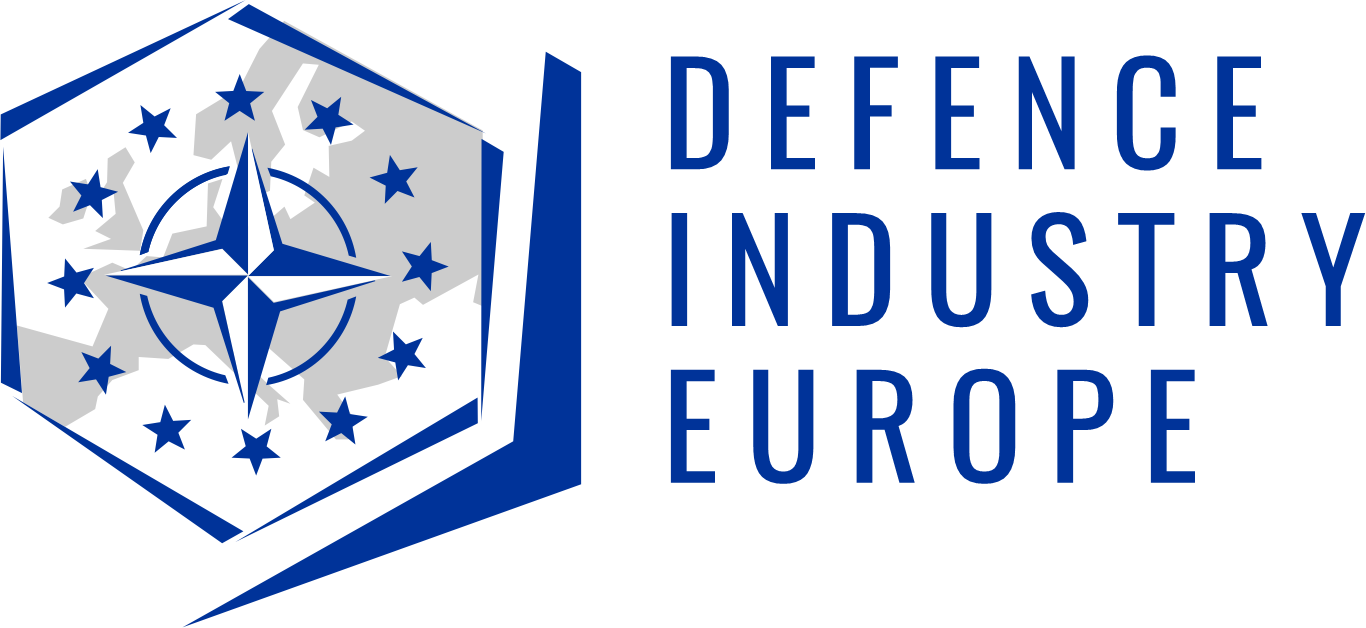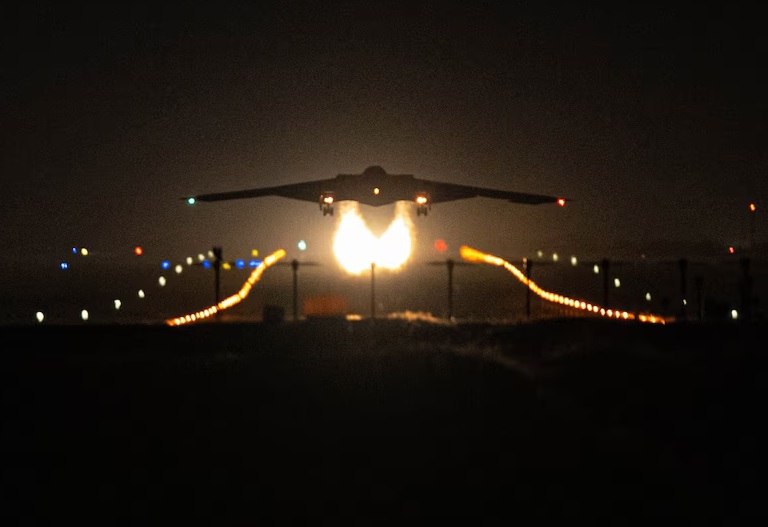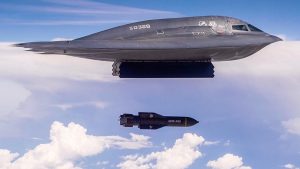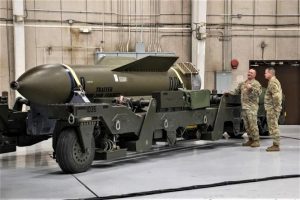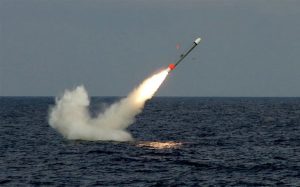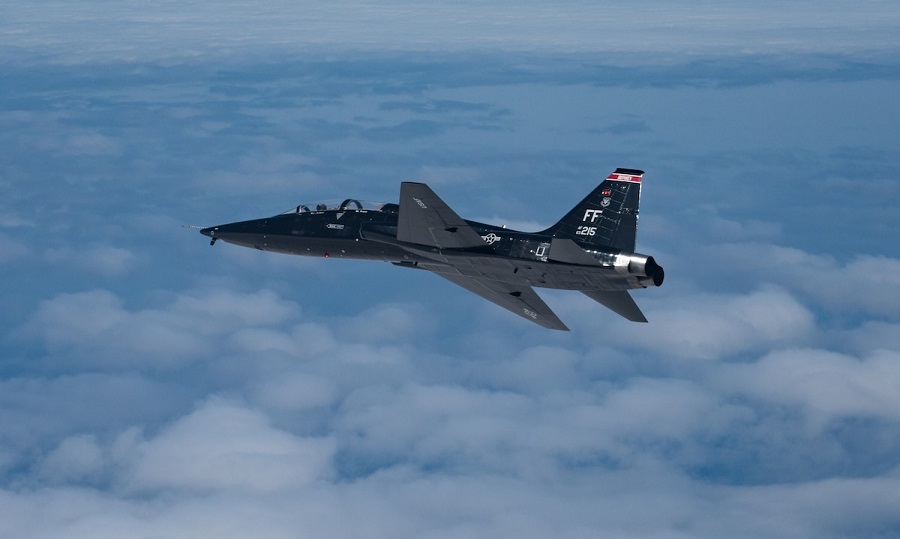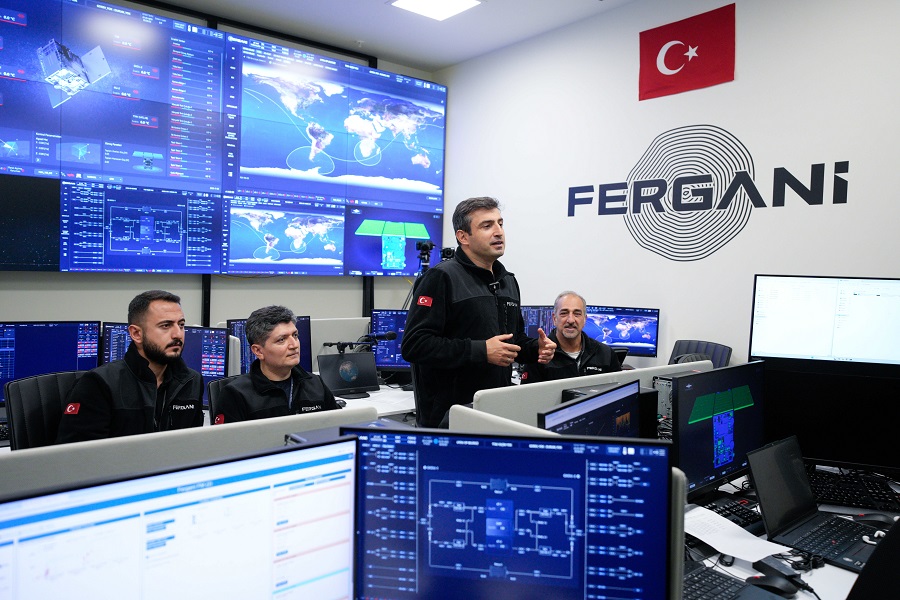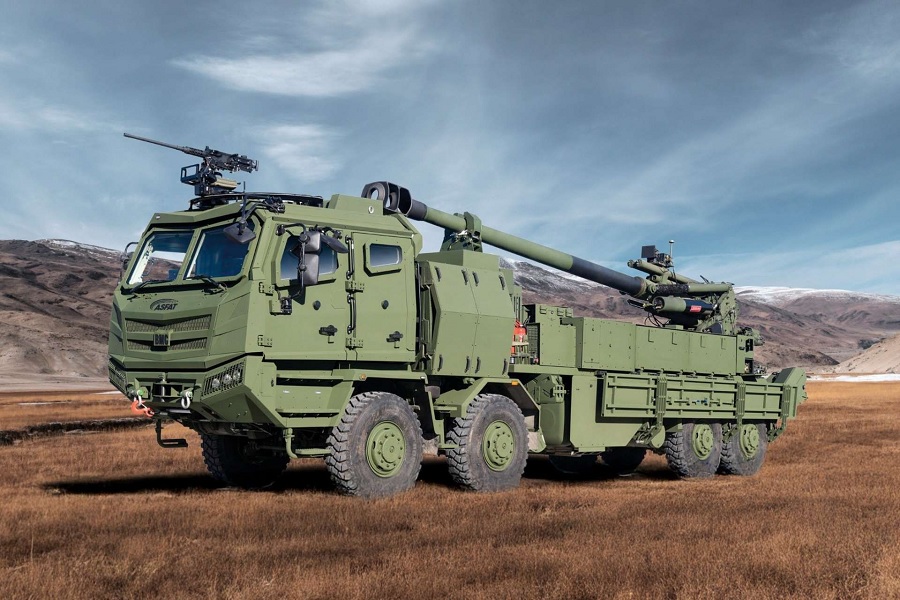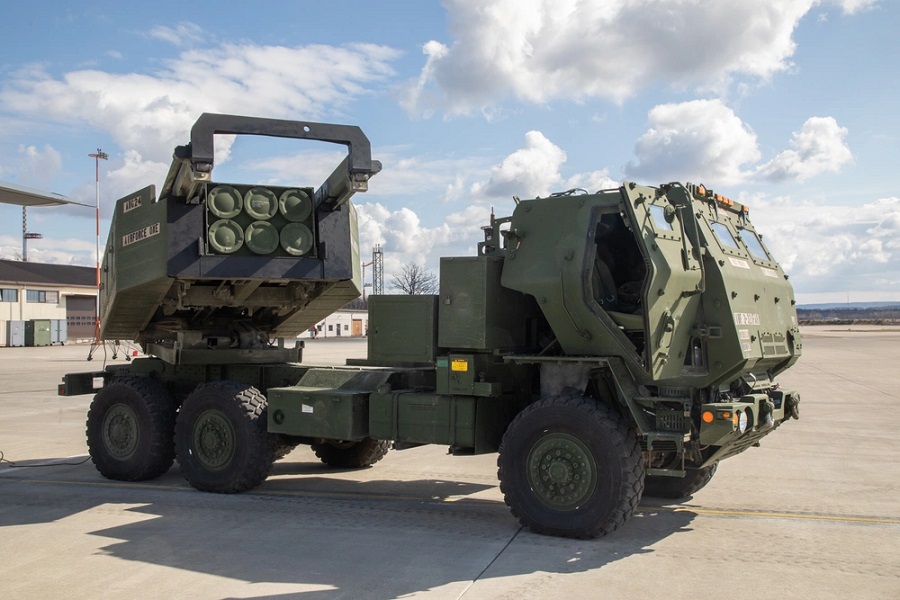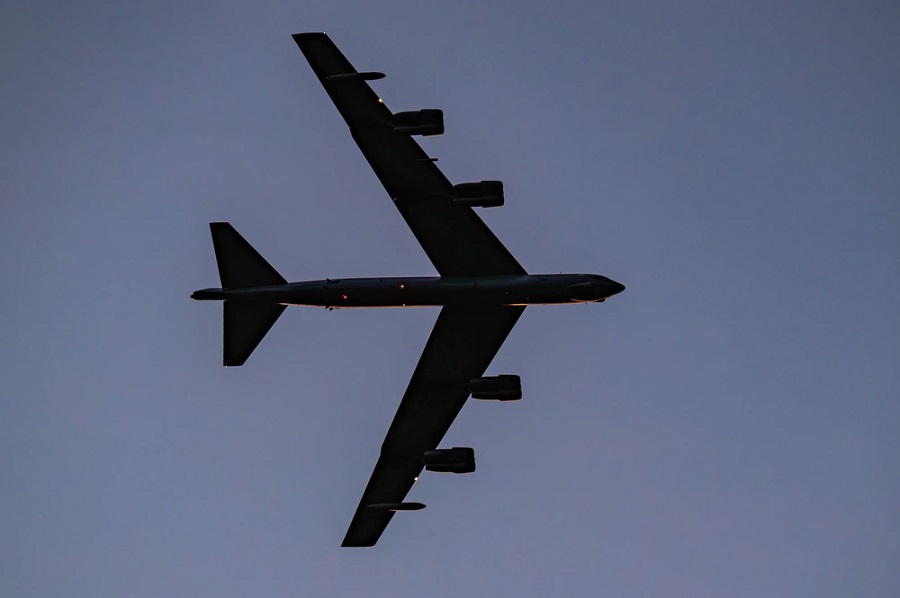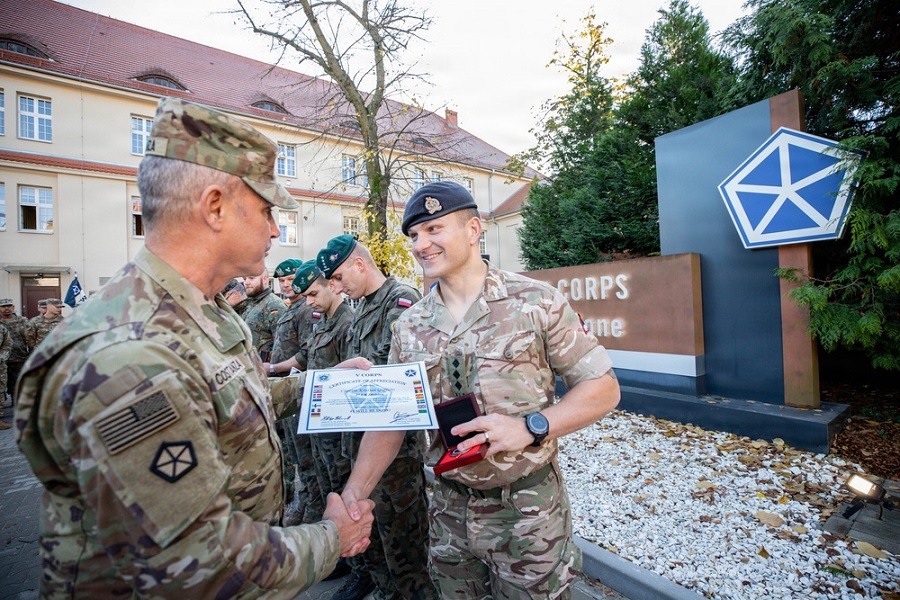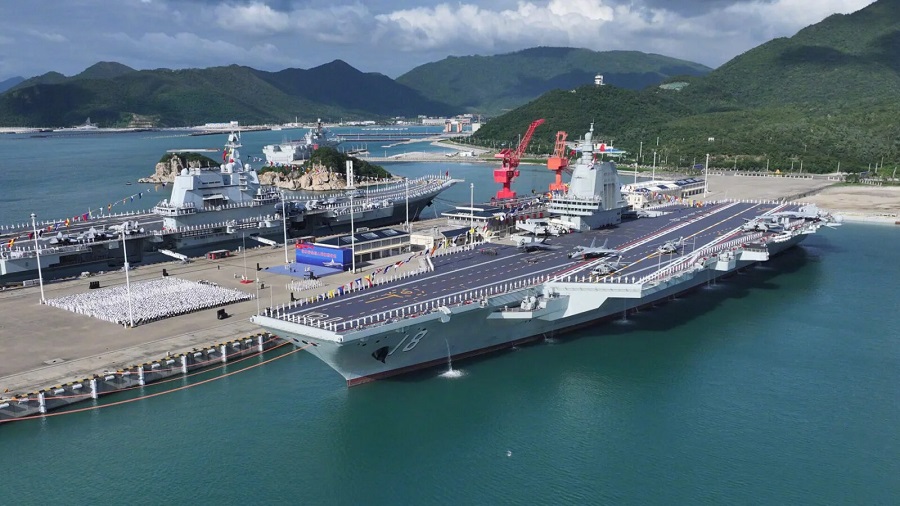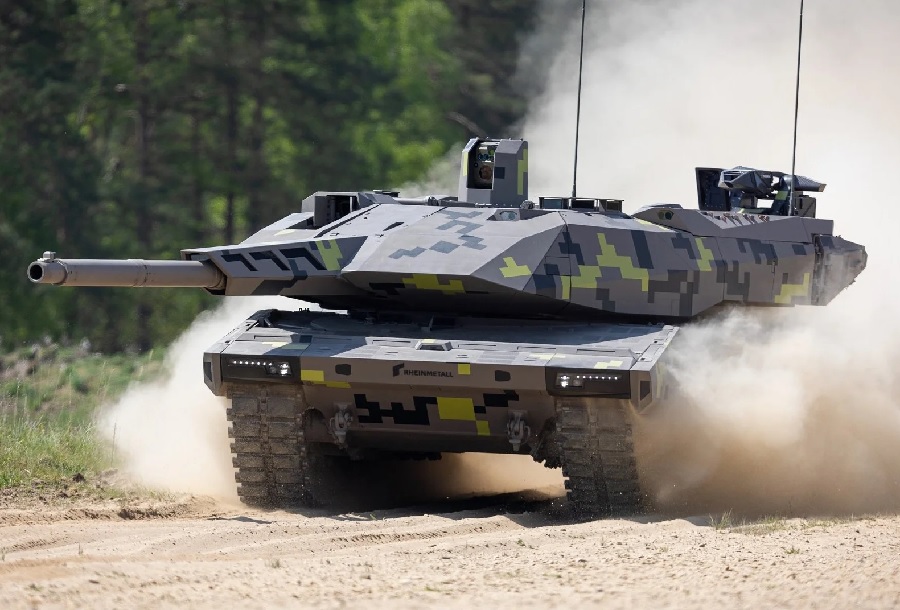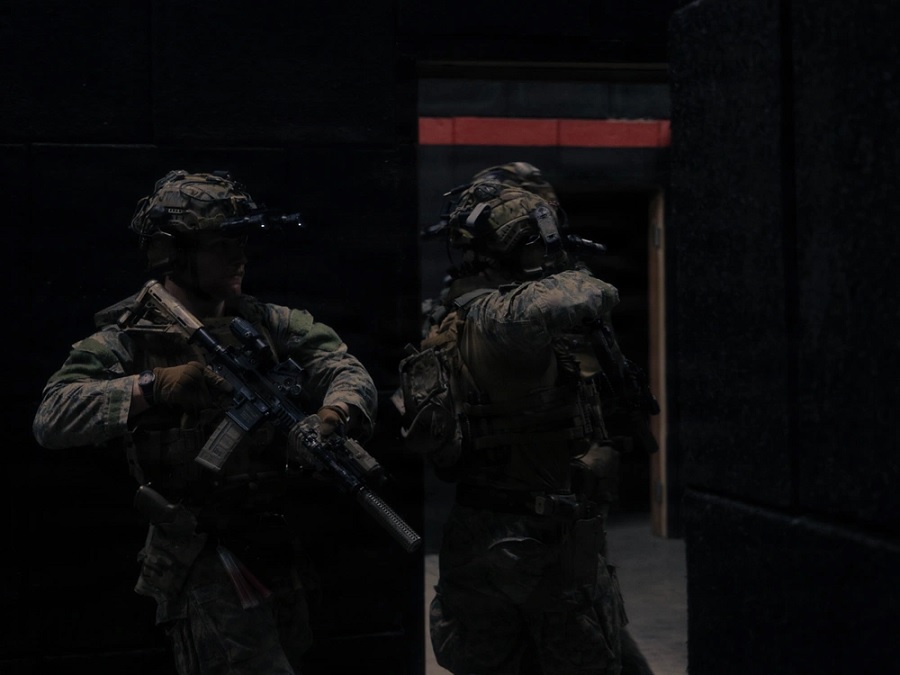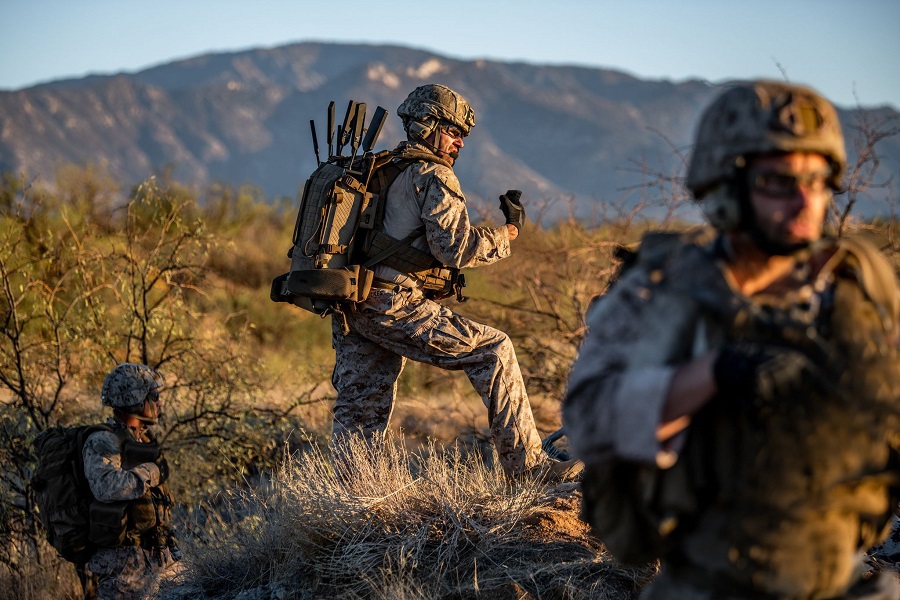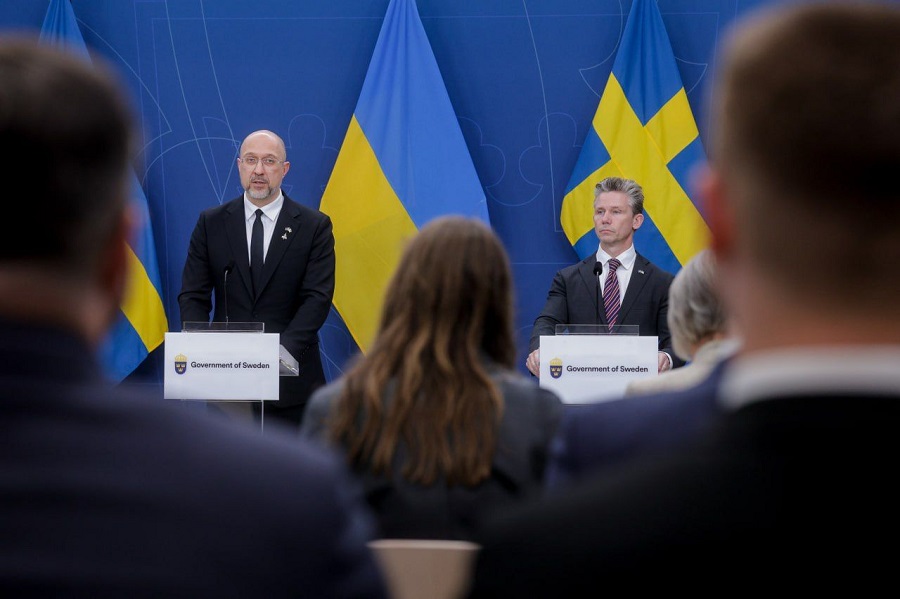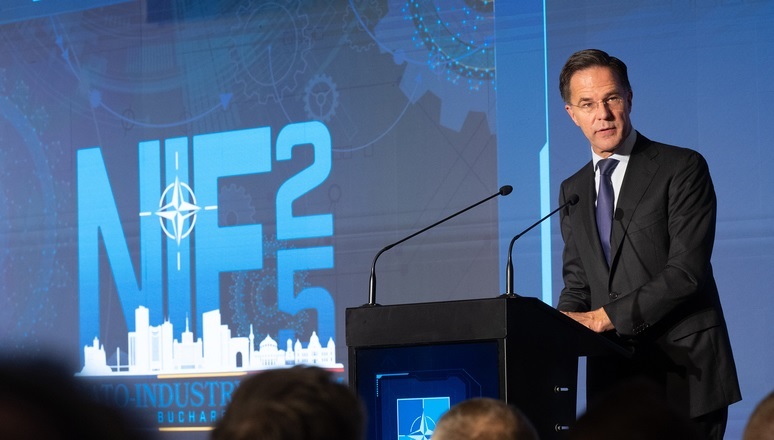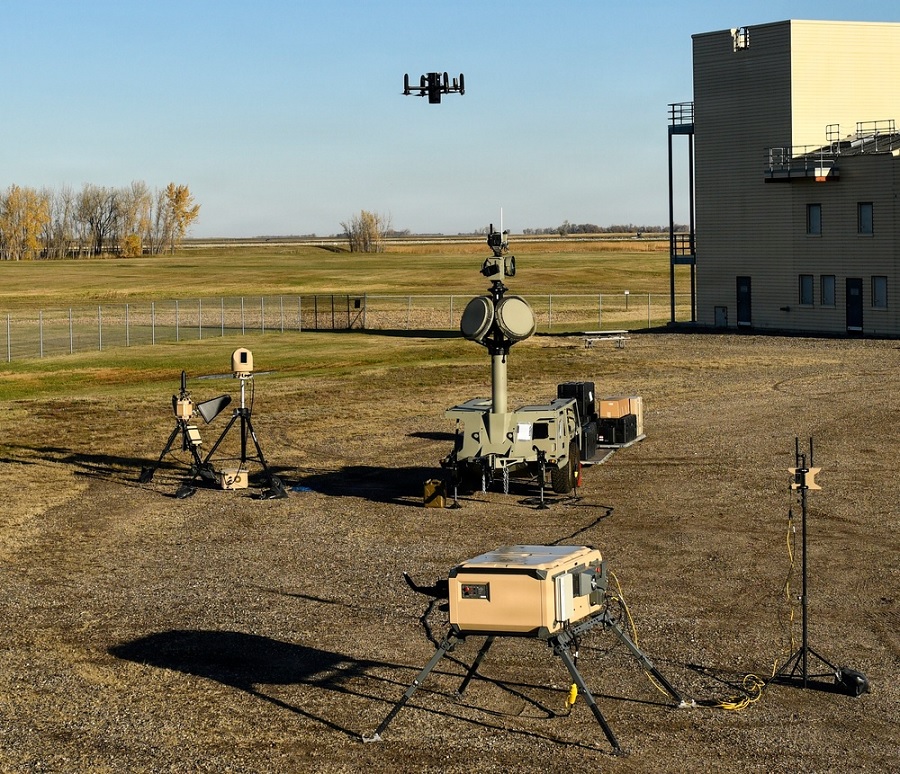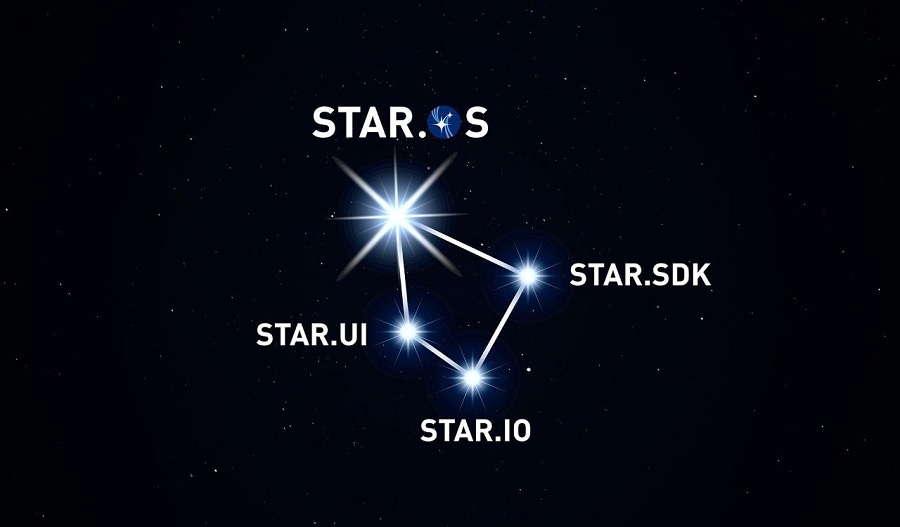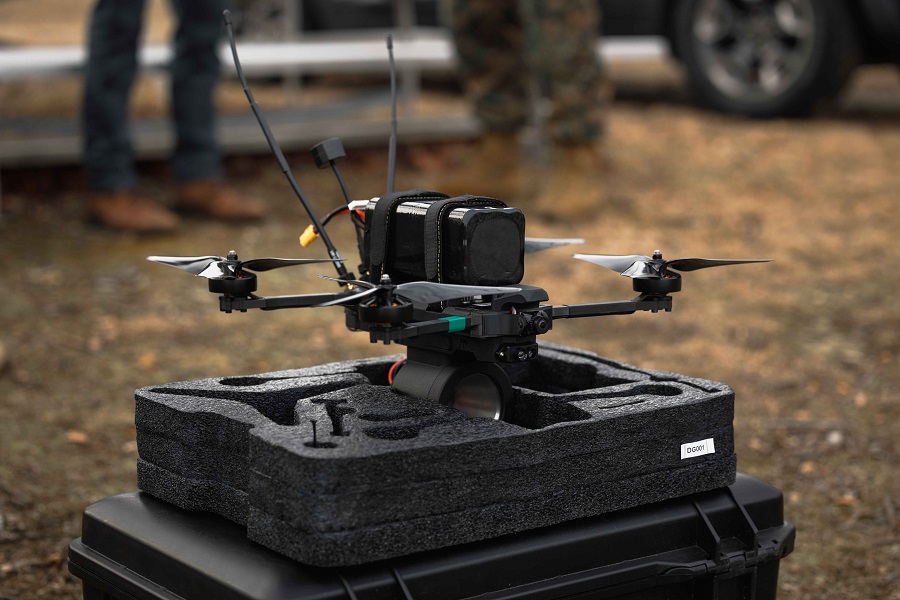The U.S. Department of Defense confirmed that the Defence Threat Reduction Agency (DTRA) played a significant role in the yearslong development of the GBU-57, the world’s largest conventional bunker-busting bomb. A senior defence official stated the agency worked closely to test and validate the munition before it was transferred to the Air Force.
DTRA used advanced modelling and simulation to predict the GBU-57’s impact on hardened and deeply buried targets. These preparations were essential to ensuring a successful outcome during the complex operation against Iran’s fortified nuclear infrastructure.
A complete battle damage assessment is still underway and will take time to finalise, according to the official. The assessment is being compiled by the U.S. intelligence community.
“We’re working to stay ahead of the enemy, and we work to enable our warfighters to be ready, modern and prepared to defeat those who may threaten our homeland, partners or allies with weapons of mass destruction,” the official said. This statement reflects DTRA’s broader mission within the U.S. defence framework.
Founded in 1942, the agency has undergone several name changes, though its core mission has remained consistent. DTRA aims to deter strategic attacks against the U.S. and allies, while countering threats from weapons of mass destruction (WMDs).
The agency addresses a broad spectrum of threats, including chemical, biological, radiological, nuclear and explosive materials across all operational domains. It works in close coordination with the intelligence community to track adversary intentions concerning WMDs.
“We use our deep technical expertise to look for vulnerabilities within those adversary activities,” the official added. “Then we work to exploit those vulnerabilities to change what the adversary is doing, be it to disrupt their development of a weapon of mass destruction, to defeat a weapon of mass destruction device or to destroy their ability to use weapons of mass destruction.”
Source: U.S. Department of Defense.


